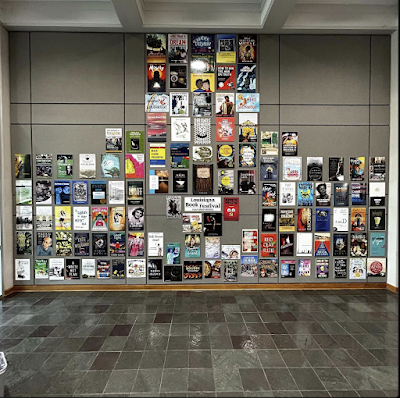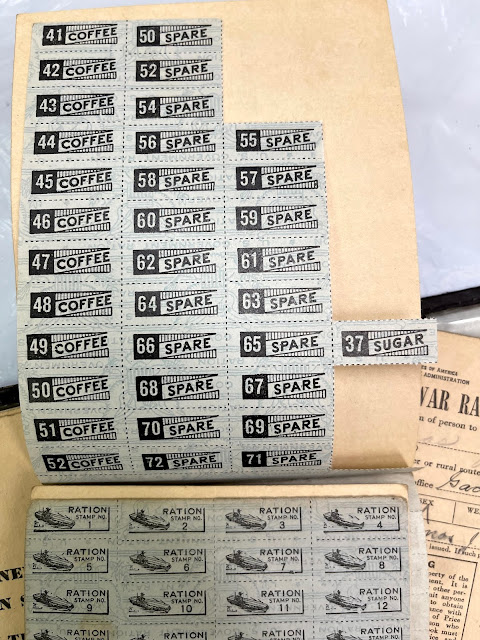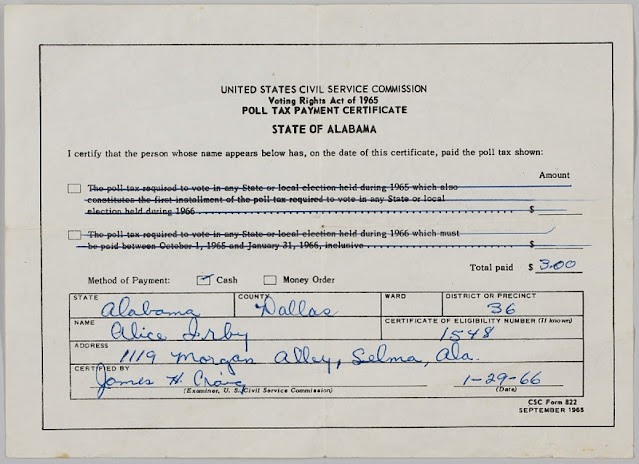Lola Montez in 1851
In the first half of the nineteenth century "Lola Montez" was a famous--and notorious--dancer and actress who performed in Europe, the United States and elsewhere. She was born in Ireland on February 17, 1821, as Eliza Rosanna Gilbert. At the age of 16 she eloped to India with Thomas James, a lieutenant who became her first husband. They separated five years later, and Gilbert began her professional dancing career as Lola Montez.
In her short life Montez would have two other husbands and numerous lovers. That group included King Ludwig I of Bavaria, who gave her the title Countess of Landsfeld. In 1848 revolutions began in the German states, and Montez fled for Austria, Switzerland, France, London, and then America. She supported herself by dancing as she had earlier under the name Lola Montez.
Her career declined in the later 1850s. After a failed tour of Australia in 1855 and 1856, she returned to the U.S. by way of San Francisco. Further U.S. tours were unsuccessful, and she spent her final years in rescue work among "fallen" women and lecturing on morality. Montez died of syphilis on January 17, 1861, a month short of her 40th birthday, and was buried in Green-Wood Cemetery in Brooklyn, New York.
At the height of her fame she descended upon Mobile in December 1852. The Port City was not very large at the time, but had a lively performing arts scene and was a perfect stop for entertainers or theatrical companies appearing on tour in Charleston, South Carolina and New Orleans. Thus Mobile attracted Montez after appearances in Charleston that year.
Her venue was the Mobile Theatre, opened in 1841 and being operated at that time by Joseph Field, an actor, writer and theatrical manager. I've written about one of his publications, The Drama in Pokerville [1847], some of which is set in Wetumpka. Local newspapers expressed some trepidation about the appearance of Montez, but her visit was also highly anticipated. The Mobile Daily Register declared that "...the terror of the Jesuits, the favorite of an Emperor, and the cynosure of all eyes; will make her appearance on the Mobile state tomorrow evening...already we are impatient." Because of her lifestyle and her for-the-times erotic dancing, Montez was a controversial figure, but that didn't seem to prevent many people from attending her performances.
The arrival of Montez by the steamer Louisa was delayed, which no doubt increased the local anticipation. She gave six performances from December 21 and 28. Despite selling out the theater, Montez and Field had entertainment competition in Mobile. Horse races continued at the Trotting Club and Dan Rice's Hippodrome featured minstrel shows, circus acts and a parody of Hamlet.
The December 21 crowd included "a large number of highly enthusiastic ladies" who watched Montez in her "Sailor's Dance" and "Spider Dance". These performances came between various comedies from the theater's regular company. After two night of dances, a third night on December 23 featured "Lola Montez in Bavaria" with the lady enacting scenes from her own life. Christmas Eve repeated the drama, but added "Sailor's Dance".
On Christmas Day she played the title role in Maritana with Joseph Field as the male lead. Maritana was an opera written by William Vincent Wallace and first performed in London in 1845. Her final appearance on December 28 repeated "Lola Montez in Bavaria" and added the dance "La Saviglliana". On that final night the enthusiastic audience convinced her to repeat the dance. In a curtain call Montez expressed her appreciation of the response to her by audiences in Mobile. She left the city and arrived in New Orleans on New Year's Eve.
I want to express my appreciation to Sara Elizabeth Gotcher whose dissertation cited below provided many details and newspaper quotes about Montez's appearance in Mobile.
FURTHER READING
Burr, C. Chauncey. Autobiography of and Lectures by Lola Montez [1860]
Gotcher, Sara Elizabeth. "The Career of Lola Montez in the American Theatre" PhD dissertation, LSU, 1994
Morton, James, Lola Montez: Her Life & Conquests, Portrait, 2007
Seymour, Bruce, Lola Montez, a Life, Yale University Press, 1996
Lola Montez in 1860
Photo by Antoine Samuel Adam-Salomon
Source: Wikipedia



















































